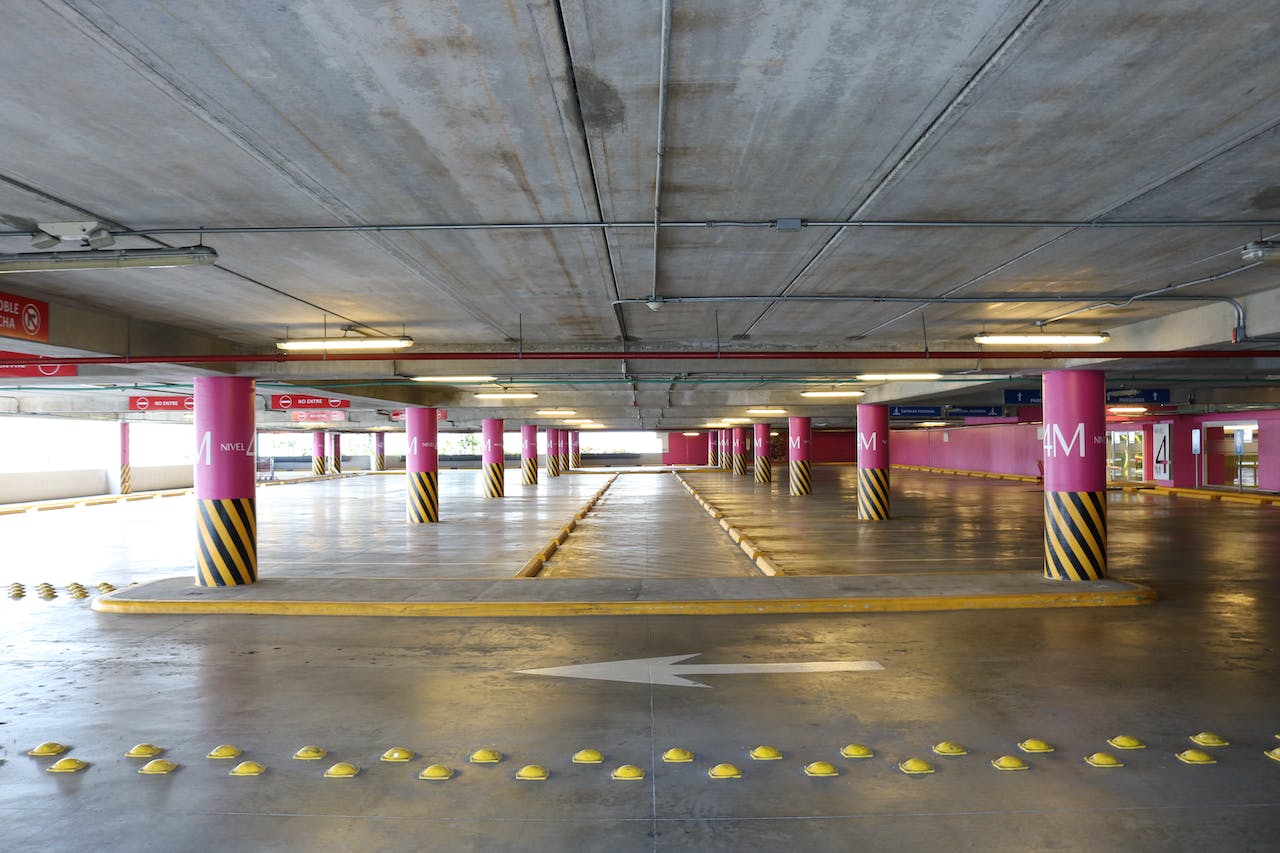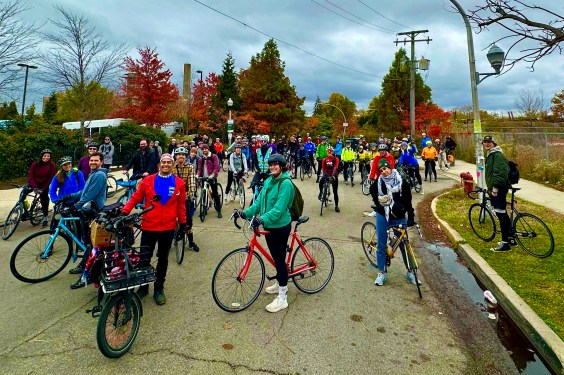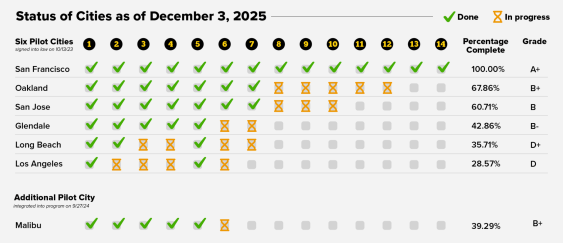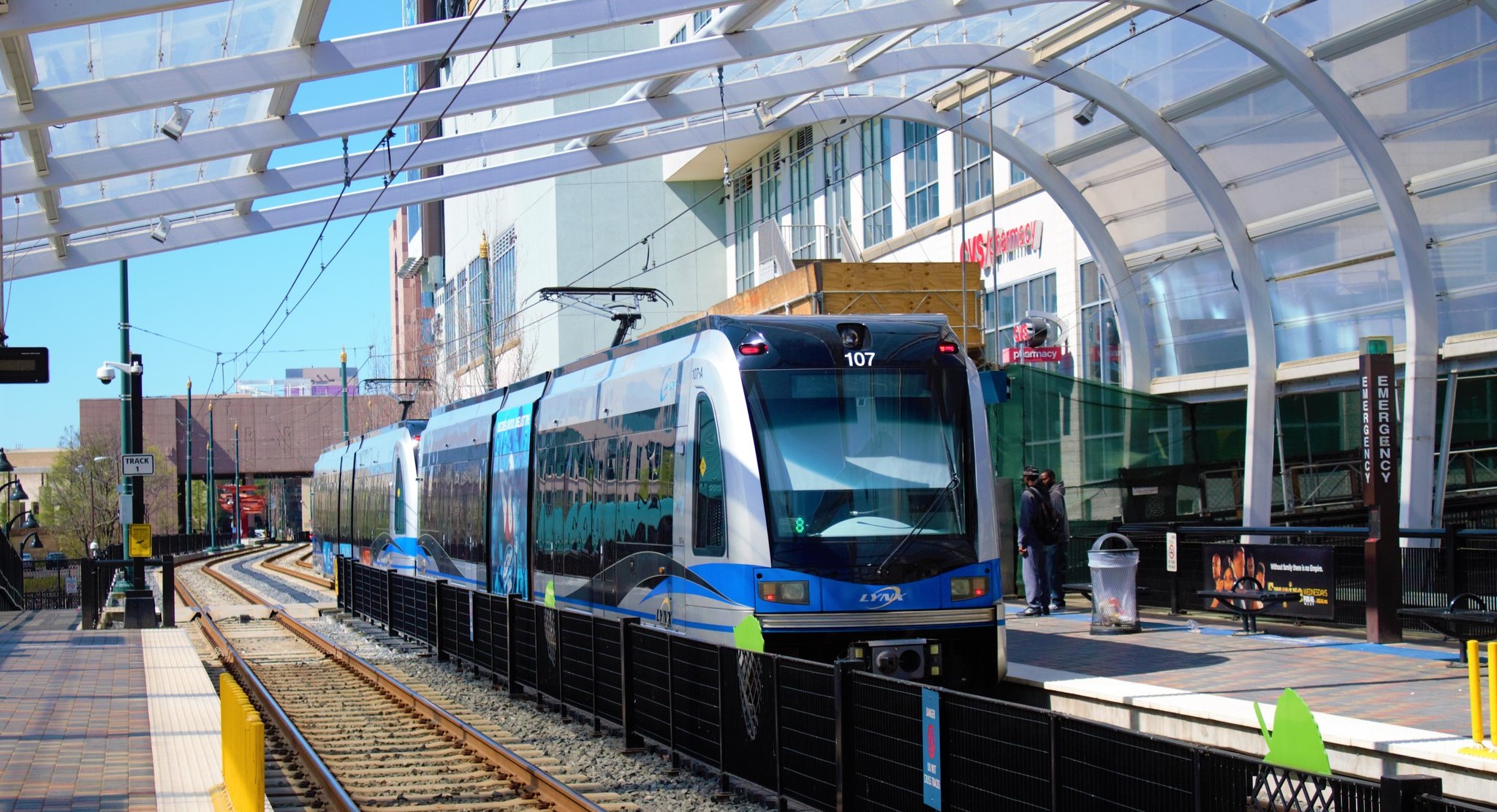 Iz in ur city uzing ur urbanizm. (Photo: St0rmz via Flickr)
Iz in ur city uzing ur urbanizm. (Photo: St0rmz via Flickr) If you've been roaming the urbanist blogosphere this week, you may have happened upon the comments made by one of the progenitors of New Urbanism, Andres Duany, in an interview with the Atlantic. Duany, apparently, has a problem with young people coming into a city and using it in a way that he disapproves of:
There's this generation who grew up in the suburbs, for whom the suburbs have no magic. The mall has no magic. They're the ones that have discovered the city. Problem is, they're also destroying the city. The teenagers and young people in Miami come in from the suburbs to the few town centers we have, and they come in like locusts. They make traffic congestion all night; they come in and take up the parking. They ruin the retail and they ruin the restaurants, because they have different habits than older folks. I have seen it. They're basically eating up the first-rate urbanism. They have this techno music, and the food cheapens, and they run in packs, great social packs, and they take over a place and ruin it and go somewhere else.
It's a perplexing statement at best, and it would be interesting to hear Duany questioned more closely on this point. It certainly plays into the argument that his carefully planned brand of urbanism bears but faint resemblance to the organic creation of a real, chaotic city such as Rome or New York.
Yesterday on Greater Greater Washington, contributor Dan Reed, a native of the D.C. area, posted a response to Duany's comments:
Dear Mr. Duany,
At 22 years old, I qualify as a Millennial. I enjoy loud music and cheap, greasy food, among other things. I also love cities, including Washington, D.C., the one I was born in. I can't afford to live there, so I live at home with my parents. Yet, according to what you recently told the Atlantic, I'm ruining the place.…
But you know what really kills a city? Keeping people out. Making it prohibitively expensive by demanding it look or feel a certain way. A city cannot be planned all at once or dropped from the sky. A city is the accumulation of years and years of small changes made by many, many people of all kinds, creating a unique, irreplaceable product.
Searching for more intelligent commentary on Duany and his Atlantic interview? Head over to Strassgefühl and mammoth.
More from around the network: Another young lover of cities, Rob Pitingolo at Extraordinary Observations, writes that urbanism and environmentalism are not the same thing. Car Free Days posts on Bike to School month. And Reimagine an Urban Paradise celebrates nine car-free years, in Chicago, D.C. and Pittsburgh.





